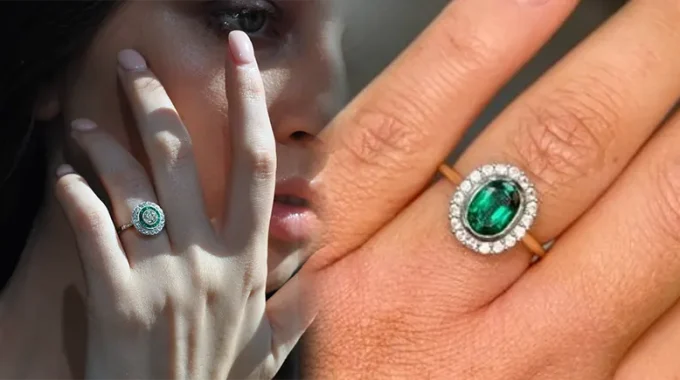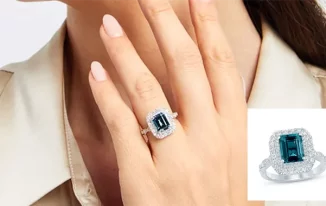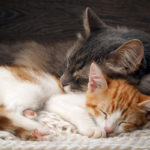In a world where history and heritage intertwine, the lives of those descended from Indian royalty offer a unique glimpse into a bygone era. During a recent conversation with one such descendant, we explored the rich tapestry of royal traditions, including the fascinating significance of engagement rings within Indian culture. These rings often represent more than just a commitment; they symbolize family legacy, status, and the merging of two influential lineages.
As we began our discussion, the descendant, who prefers to remain anonymous, shared insights about their upbringing amidst remnants of royal grandeur. Growing up in a family that once wielded considerable power in a princely state, they were steeped in traditions that honored both their ancestry and the changing times. The stories of their ancestors, filled with valor and cultural richness, framed their understanding of what it means to be part of a royal lineage.
Engagement rings, the descendant explained, have deep-rooted cultural significance in Indian royalty. Unlike the Western tradition of diamond rings symbolizing engagement, Indian customs often involve intricately designed rings adorned with gemstones that hold specific meanings. For instance, emeralds are believed to bring harmony, while rubies symbolize passion and vitality. Such choices reflect not only personal preference but also the astrological beliefs that many families hold dear. In royal families, these rings often come with elaborate designs that can be passed down through generations, enhancing their sentimental value.
As we delved deeper into the topic, the descendant shared stories of engagements in their family. Each union was not merely a personal affair but a celebration of alliances that reinforced power dynamics and social standing. They recounted how, during the time of their ancestors, engagement ceremonies were grand events attended by dignitaries and nobility, filled with vibrant festivities, music, and dance. The rings exchanged during these ceremonies were often custom-made, featuring the finest jewels and craftsmanship, representing the wealth and prestige of the families involved.
The conversation took a reflective turn when we discussed the impact of modernity on royal traditions. With many descendants of Indian royalty now navigating contemporary society, the significance of engagement rings has evolved. While the elaborate ceremonies and extravagant rings still hold a place in some families, others have chosen to simplify the process, opting for more understated styles that resonate with their personal values and lifestyle.
Our conversation also touched upon the role of women in these royal engagements. Historically, marriages were arranged, and women often had little say in their partners. However, the descendant highlighted how the current generation is reclaiming agency in choosing their life partners, reflecting broader societal changes. This shift has also influenced the choice of engagement rings, with many opting for designs that resonate with their personal style rather than conforming to traditional expectations.
As the discussion continued, the descendant expressed a desire to preserve their heritage while embracing modern ideals. They mentioned initiatives aimed at reviving traditional crafts and promoting local artisans, especially in jewelry making. By supporting these crafts, they aim to honor their lineage while contributing to the sustainable growth of local communities. In conclusion, the conversation illuminated the intricate relationship between royal lineage and personal identity. The significance of engagement rings in Indian royalty is a reflection of cultural heritage, family legacy, and evolving societal norms. As the descendant navigates their path in the modern world, they carry the weight of history while embracing the future with grace and purpose. This blend of tradition and contemporary values encapsulates the essence of what it means to be part of a royal lineage in today’s India—a true royal affair that continues to evolve.












